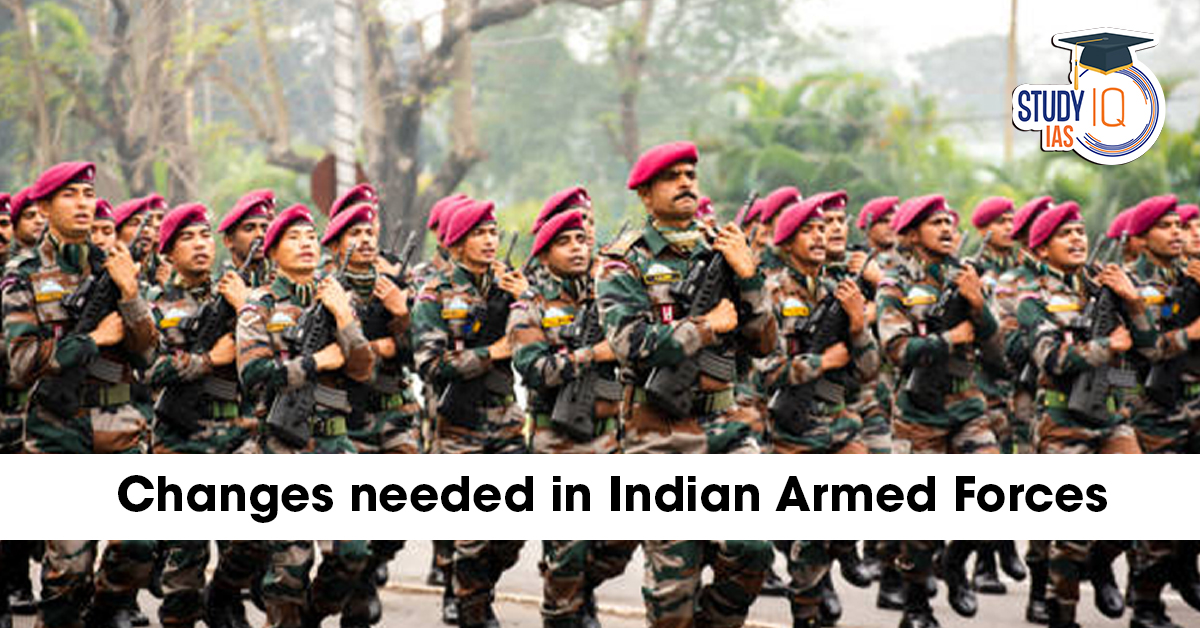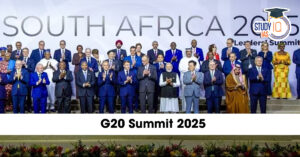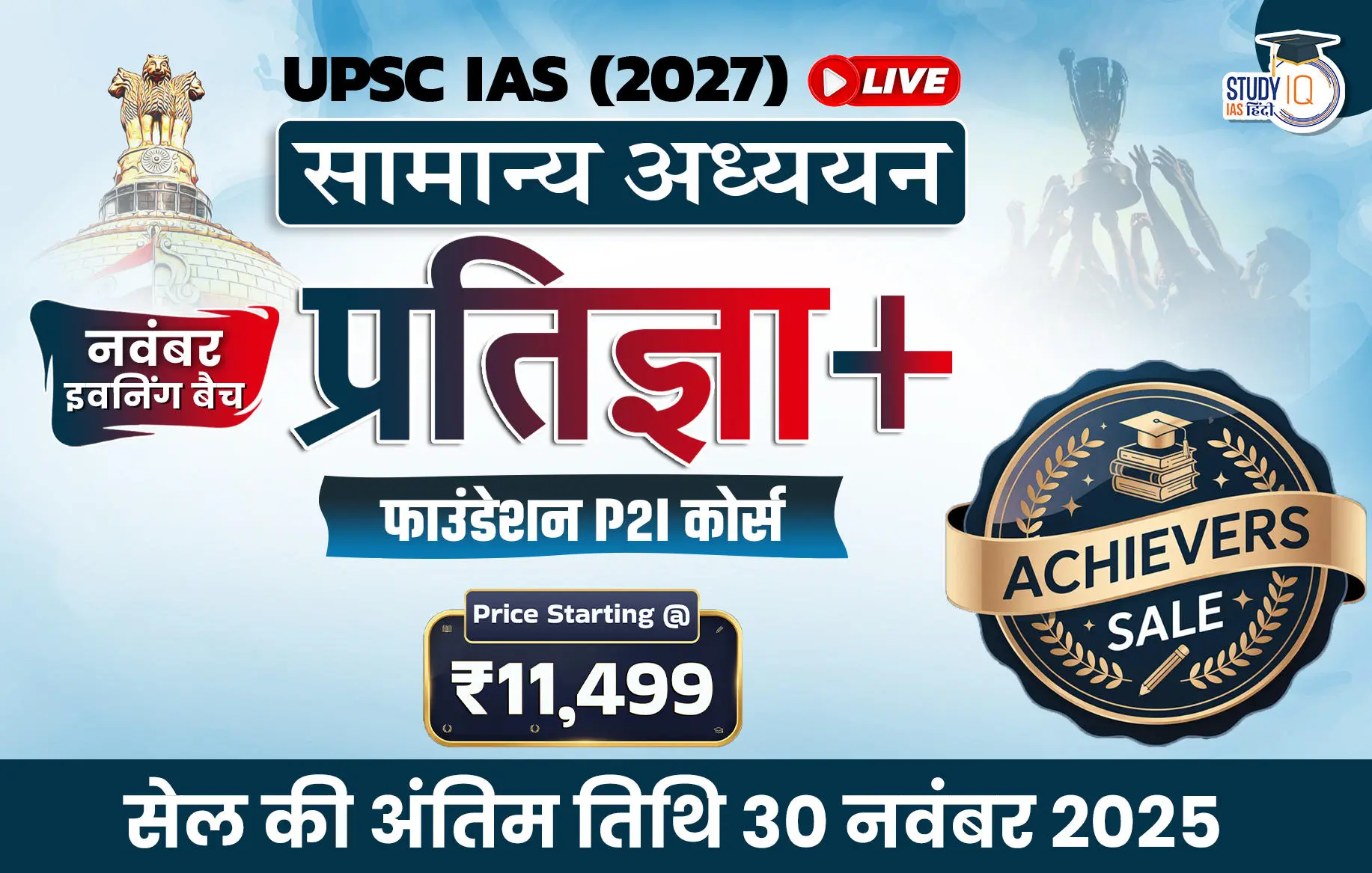Table of Contents
Context
Modern warfare has expanded beyond land, sea, and air to cyber, space, and information domains, with AI, drones, and automation reshaping the cost and risks of conflict. Facing a potential two-front challenge from China and Pakistan, India must adapt its armed forces to stay operationally credible.
Changing Nature of Battlefields
- Technology-driven conflict: AI-enabled surveillance, autonomous drones, and precision weapons lower the cost of deploying force but raise risks of rapid escalation.
- Multi-domain operations: Future wars will begin simultaneously across land, sea, air, cyber, and space, with information warfare shaping narratives.
- Speed and information dominance: Decision-making cycles are shortening; whoever can process and act on data faster gains the upper hand.
- Hybrid warriors: Future soldiers must combine technical expertise (coding, data analysis) with combat skills to counter cyber, electronic, and narrative threats.
- Cheaper lethality: Loitering munitions and low-cost drones mean even small adversaries can inflict significant damage.
- Fluid frontlines: Modular, fast-reacting battle groups are replacing large, rigid formations.
How India is Responding
Structural and Organisational Reforms
- Tri-service integration: Creation of agencies for cyber, space, and special operations under HQ IDS.
- Towards theatre commands: PM Modi has emphasised moving from service silos to integrated commands; review of inter-services command and control rules (2025).
- New modular formations: Integrated Battle Groups (IBGs) such as Rudra and Bhairav combine infantry, artillery, armour, engineers, and surveillance elements for rapid deployment.
- Amphibious doctrine: New joint doctrine for amphibious operations integrates maritime, air, and land forces.
Doctrinal and Conceptual Evolution
- Joint Doctrine of Armed Forces (2017) and Land Warfare Doctrine (2018) provide the basis for synergy.
- Ran Samvad (2025) focused on preparing “hybrid warriors” and future-ready doctrines.
Technological Adaptation
- Procurement focus: MQ-9B drones for ISR and precision strike; Rafale-M to strengthen carrier aviation; Pralay ballistic missile trials for theatre fires.
- AI-enabled systems: Akashteer command-and-control network integrated with Air Force’s IACCS for seamless air defence.
- Carrier-centred naval posture: Rafale-M integration and a 15-year roadmap for naval aviation, subsurface, and unmanned systems.
Professional Military Education (PME)
- Joint PME initiatives to train cadres in joint operations and technology-based warfare.
Gaps That Still Exist
- Slow pace of integration: Theatre commands not yet operationalised; jointness remains partial.
- Unproven joint doctrines: New formations like IBGs remain largely conceptual, without extensive field validation.
- Technological asymmetry: India lags behind adversaries like China in AI-enabled warfare, drone swarms, and electronic warfare.
- Civil-military fusion gaps: Weak collaboration between armed forces, DRDO, private industry, and academia in rapid prototyping and innovation.
- Data interoperability issues: Lack of common standards and secure interfaces across services.
- Logistical challenges: Infrastructure for rapid mobilisation, integration of supply chains, and joint logistics remain underdeveloped.
Way Forward
- Accelerate Theatrisation: Establish integrated theatre commands in a phased manner with evolving mandates; test and adapt based on outcomes.
- Civil-Military Fusion: Embed DRDO, industry, universities, and startups into war-gaming, PME, and trials for rapid innovation.
- Enhance PME: Train “technologist-commanders” with expertise in AI, cyber, coding, and information warfare.
- Data and Interface Standards: Develop common digital systems for real-time interoperability across the Army, Navy, and Air Force.
- Invest in Next-gen Tech: Prioritise drone swarms, hypersonics, directed energy weapons, and space-based ISR in procurement and R&D.
- Test, Fail, Adapt: Encourage rapid prototyping and iterative field trials; adopt systems that work, retire outdated ones quickly.
- Strengthen Industrial Base: Link defence PSUs and private firms into a feedback loop of manufacturing, testing, and deployment.


 Commonwealth Games Host Cities (1930–2...
Commonwealth Games Host Cities (1930–2...
 G20 Summit 2025 Johannesburg: Full Outco...
G20 Summit 2025 Johannesburg: Full Outco...

























